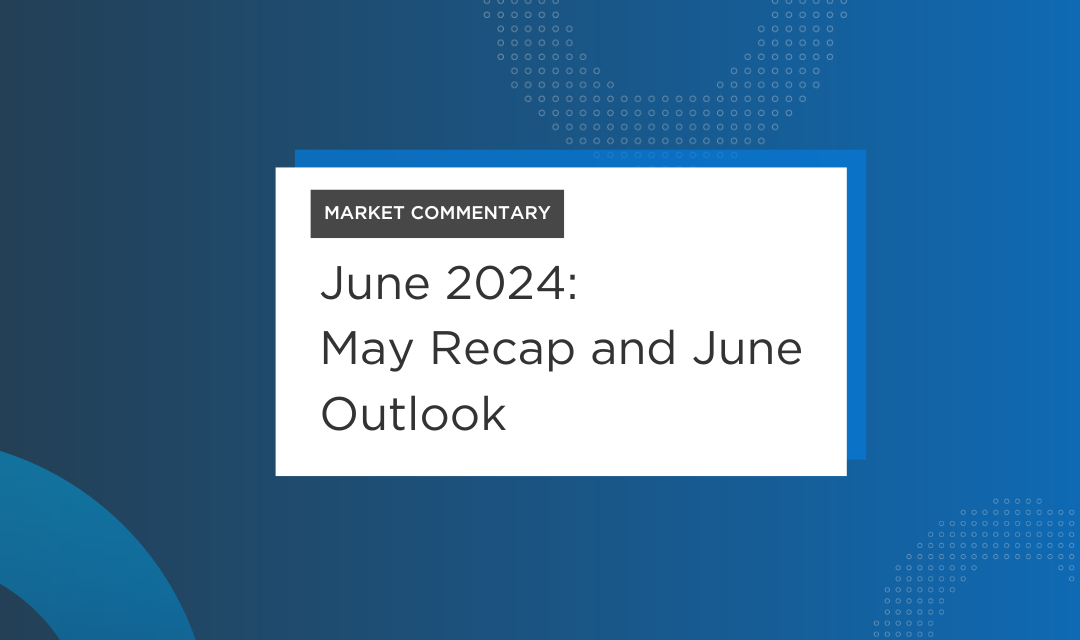Cutting Through The Noise: Explaining the Debt Ceiling & Deficit Spending
The U.S. government hitting the debt ceiling severely affects the country’s financial stability. If the government cannot borrow more money to pay off its debts, it could result in significant consequences such as a government shutdown, a credit rating downgrade, and even a default on its obligations. This could lead to increased borrowing costs, which could, in turn, slow down economic growth.
The United States Federal Debt is a significant concern for the country’s future financial stability. The Federal Debt measures how much the U.S. government owes creditors. It is currently at 97% of GDP, which means the government owes as much money as the country produces in a year.
In 2019, before the pandemic, the debt was lower at 79% of GDP, and in 2007, before the Great Recession, it was significantly lower at 35%. According to a recent Congressional Budget Office (CBO) analysis, the national debt is expected to increase steadily over the next decade to 118% of GDP in 2033. This would be the highest level of Federal Debt in U.S. history.
The driving forces behind this increase are expected to be higher spending on Social Security and Medicare and rising interest costs due to increasing debt and higher interest rates. On January 19, 2023, the U.S. government reached its statutory limit for outstanding debt, also known as the debt ceiling. The current limit, set by Congress in December 2021, is about $31.4 trillion.
In response, Treasury Secretary Janet Yellen implemented “extraordinary measures” to allow borrowing for a limited period. While Yellen projects the extension will last until early June, the Congressional Budget Office (CBO) estimates it may last until sometime between July and September. However, the CBO cautions that if April tax revenues fall short of its projections, the Treasury could run out of funds earlier.
The measures taken by Treasury Secretary Janet Yellen are aimed at delaying the impact of hitting the debt ceiling by using funds from other sources, such as suspending the sale of state and local government securities. However, these measures are temporary and can only postpone the inevitable. The U.S. government must increase the debt ceiling to avoid negative economic implications.
Failing to do so could result in a chain reaction that negatively affects businesses, consumers, and the entire financial system. Congress must work to reach a solution before the situation worsens. At TCG, we understand that economic news can be confusing and overwhelming. That’s why we’re here to break down the recent events surrounding the U.S. government’s debt ceiling and deficit spending.
Understanding the Debt Ceiling
The introduction of a debt ceiling in 1917 allowed the American government to be more flexible during World War I. Before this, any borrowing had to be approved by Congress under concrete terms. However, it was not until 1939 that the modern debt ceiling, aggregating all government debt under one limit, was created.
Since then, the limit has been raised, modified, or suspended 78 times, often with little public attention. It was not until 2011, during a political battle over the debt ceiling, that things changed. The contentious negotiations pushed the Treasury to the brink, leading to a credit rating downgrade by Standard & Poor’s.
It is important to note that the debt ceiling limits the amount the U.S. Treasury can borrow to meet already authorized financial obligations by Congress. It does not authorize future spending. However, it has been used as leverage for partisan negotiations over government spending in recent years.
With different parties holding the White House and the House of Representatives, which must authorize spending, this year’s negotiations over the debt ceiling may be particularly challenging.
The Possible Implications
It’s essential to consider the potential dangers the U.S. government faces as it approaches its debt ceiling. The debt ceiling is a legal limit on the amount of debt the U.S. government can incur, and failing to revise it promptly can have severe consequences. If the debt ceiling is not raised, the U.S. government could default on its financial obligations.
This would result in unpaid bills, higher interest rates, and a loss of faith in U.S. government securities that would reverberate throughout the global economy. The impact of a U.S. government default could be significant. For investors, it would be unsettling and potentially cause a loss of faith in U.S. government securities.
This could decrease demand for U.S. Treasury bonds, resulting in higher interest rates and borrowing costs. It could also cause a ripple effect throughout the global market, disrupting trade and hurting international economies that rely on the stability of U.S. Treasuries.
A recent example occurred in 2011 when negotiations over the debt ceiling impasse were delayed. The result was increased borrowing costs for U.S. taxpayers. According to estimates, the 2011 impasse cost U.S. taxpayers $1.3 billion in increased borrowing costs in FY 2011, with additional costs in the following years. While it’s unlikely that the current situation will lead to a default, pushing negotiations close to the edge can be damaging.
The delay in negotiations creates a sense of uncertainty and instability that can unsettle investors and result in increased borrowing costs. The negotiations over the debt ceiling are ongoing, with lawmakers working to find a solution before the government hits its borrowing limit. It’s important to pay attention to these negotiations as they could significantly impact the global market and the economy as a whole.
Understanding the Deficit and National Debt
If the current laws and policies remain unchanged, the Federal Debt will rise even more quickly in the next two decades. By 2053, it may reach an alarming 195% of GDP. This increase is expected to be driven by healthcare spending and interest rates, which will rise as the government borrows more money.
Policymakers need to address the Federal Debt crisis to ensure the long-term financial stability of the country. This can be done by implementing policies to reduce the deficit, such as increasing taxes and decreasing spending. Without significant action, the U.S. will continue to face the consequences of a rising Federal Debt, which could have profound economic implications for the country and its citizens.
Finding Solutions
There is no easy answer to address the deficit and debt. The only way to change this trajectory is to increase revenue, reduce spending, or both. The projected GDP growth rate is only 1.7% annually over the next decade. The slow projected GDP growth rate of 1.7% annually over the next decade is a cause for concern, as it suggests that economic growth alone may not be enough to address the growing deficit and debt.
Raising taxes may be necessary, but that is always a difficult political option. And there is little room to maneuver on the spending side. While both parties have indicated that Social Security and Medicare are off the table, other mandatory spending could be reduced through Congressional action.
Addressing the deficit and debt will require a combination of difficult choices and compromises that will be politically contentious. As investors and individuals planning for retirement, staying informed about these issues and their potential impact on your financial future is essential.
This tepid growth makes it unlikely that high GDP growth will increase revenue at current tax rates. In addition, raising tax rates is a problematic political option that further complicates attempts to increase revenue. Meanwhile, the composition of federal spending is a challenge that must be addressed.
While only 28% of federal spending is discretionary and, therefore, can be set annually by Congress, almost half of that goes to the national defense, which leaves little room to maneuver. The rest is mandatory spending, including Social Security, Medicare, and interest on the national debt. Remembering that Social Security and Medicare are off the table is critical.
However, as we discussed earlier – other mandatory spending could be reduced through Congressional action, which can make a significant difference. The White House released its budget proposal for FY 2024 in March, followed by a counterproposal from House Republicans in April, setting up what is sure to be an intense period of budget negotiations. Finally, it’s important to note that the federal government guarantees U.S. Treasury securities for timely principal and interest payments.
However, their principal value fluctuates with market conditions, causing more uncertainty. If not held to maturity, these securities could be worth more or less than the original amount paid, a prospect that can have significant ramifications.
Reach Out With Your Questions
As an investment and retirement planning firm, we understand the importance of staying informed about economic events and their potential impact on your financial future. If you have questions about how the debt ceiling and deficit spending may affect your investments or retirement plans, please schedule a consultation with one of our experienced advisors.
DISCLOSURES
Investment advisory services offered through TCG Advisors, an SEC registered investment advisor. Insurance Services offered through HUB International. Tax services offered through RPW Solutions. Although the information in this blog has been compiled from data considered to be reliable, the information is unaudited and is not independently verified.
Tax services offered through RPW Solutions. TCG Advisors does not provide tax, legal or accounting advice. This presentation was prepared for information purposes only, and is not intended to provide, and should not be relied on for, tax, legal or accounting advice. You should consult your own tax, legal and accounting advisor before engaging in any transaction.
This website is not authorized for use as an offer of sale or a solicitation of an offer to purchase investments. This website is for informational purposes only and does not constitute an offer to sell, a solicitation to buy, or a recommendation for any security, or as an offer to provide advisory or other services in any jurisdiction in which such offer, solicitation, purchase or sale would be unlawful under the securities laws of such jurisdiction. TCG.84.2023


